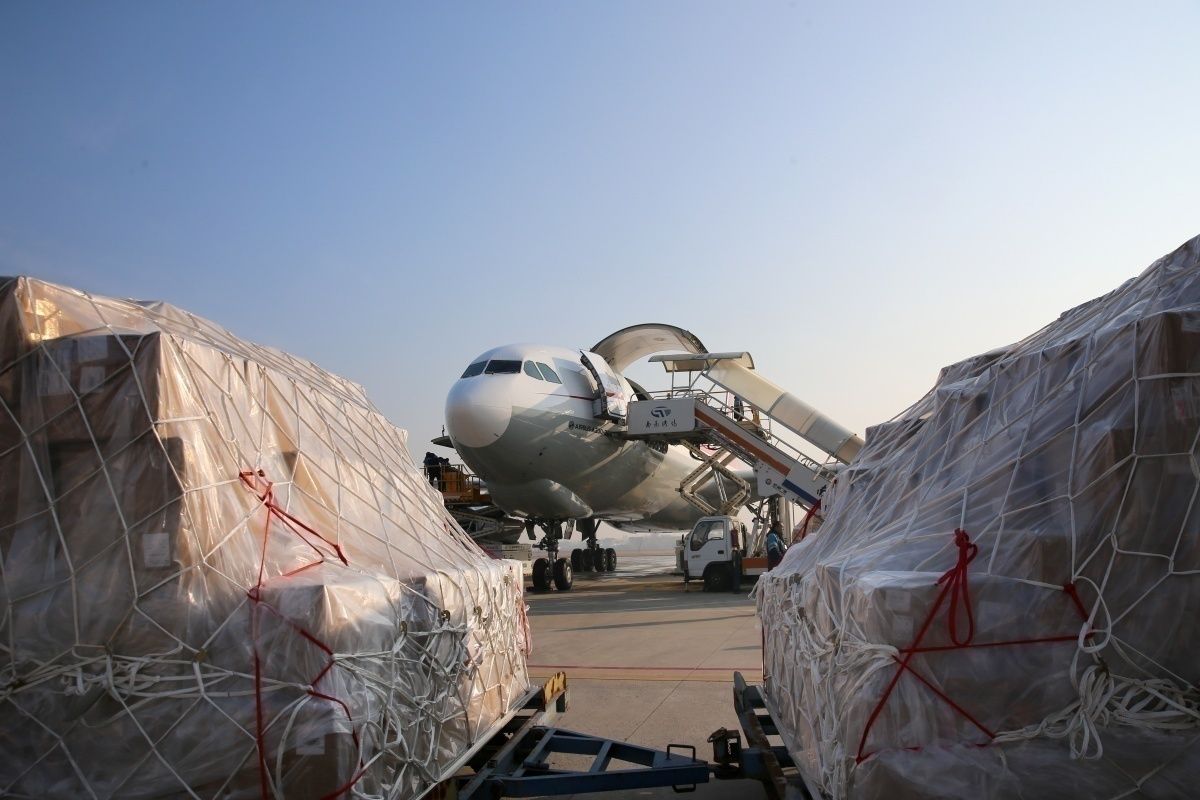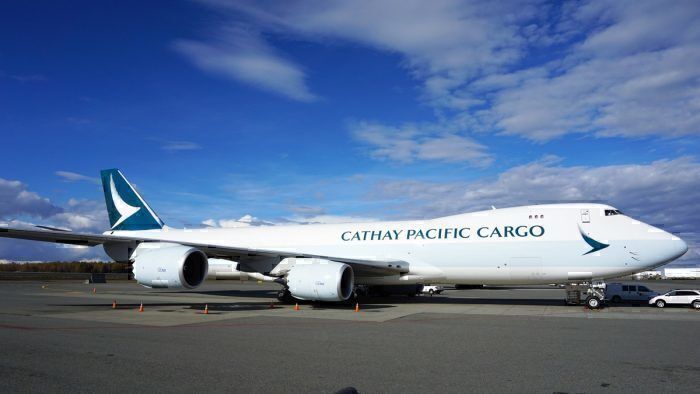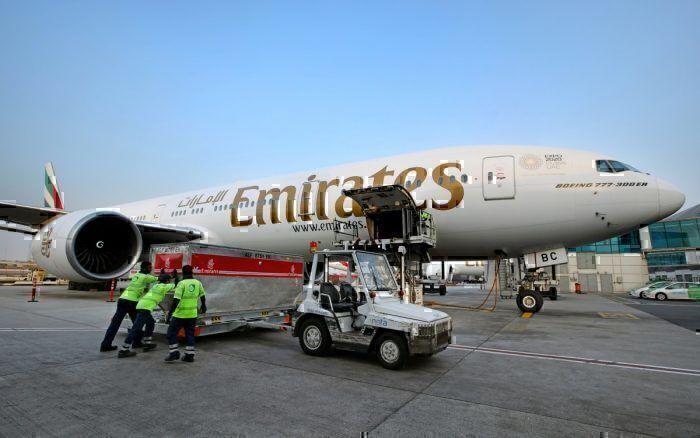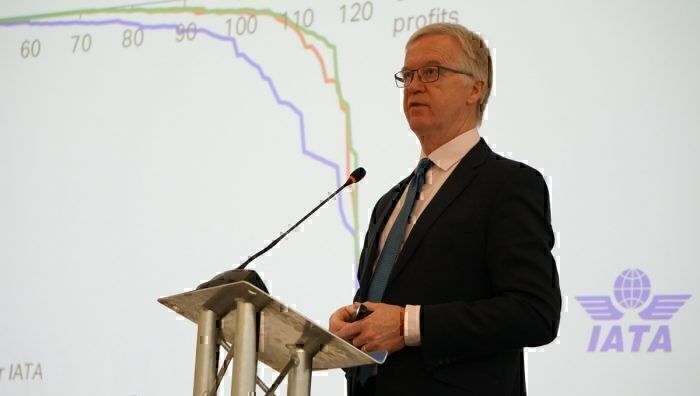It’s been 18 months since the US-China trade war started, with a series of tit-for-tat tariffs being levied on imported goods by both Washington and Beijing. This prolonged disruption of the global trade market has hit airlines hard, and perhaps not in the way you might think. Here’s how the trade war made 2019 even more difficult than it needed to be.
The biggest drop in demand since the global financial crisis
The US-China trade war has had many negative impacts on aviation. Boeing has been a major loser, with some airlines turning to Airbus, potentially in retaliation for the so-called ‘Trump tariffs’. But it’s not just Boeing’s deals that are on the line here.
Many global airlines rely as much on what’s underneath the plane as they do on the paying passengers up top. Emirates, Qatar, Cathay Pacific and Korean Air are some of the biggest air cargo carriers in the world. Thanks to the US-China trade war, 2019 was a tough year for them.
Late last year, IATA reported that, for the first time since 2012, cargo traffic experienced negative growth in 2019. Demand declined by 3.3%, the sharpest drop since the global financial crisis took its toll a decade ago. Yields from cargo activities dropped some 5% also compared to 2018.
In their most recent report, IATA says that freight volumes are still declining, with November figures showing a 13th consecutive month of downward demand, despite performance that month being the best since March. IATA put November’s higher performance down to large e-commerce events such as Black Friday and Singles Day in Asia.
Alexandre de Juniac, IATA's Director General and CEO commented that,
“Demand for air cargo in November was down 1.1% compared with the previous year. That’s better than the 3.5% decline posted in October, but it is a big disappointment considering that the fourth quarter is usually air cargo’s peak season. Looking forward, signs of a thawing in US-China trade tensions are good news, but trading conditions at present remain very challenging.”
Ongoing headwinds
Overall, the e-commerce market is growing at a steady pace. However, transportation of goods by air continues to face some hefty headwinds as the US-China trade war continues to hamper demand.
In the US, demand decreased by 1.1% in November compared to the same period in 2018. However, Asia-Pacific airlines were hit the hardest. The region saw demand for air cargo decline by some 3.7%. Overall, the demand for air freight between Asia and North America is down 6.5% year on year.
And it’s not just air cargo either. Passenger traffic between Asia and North America has been affected significantly. Right now, this market is still in the top 10 of the world’s passenger markets, but is the weakest of the 10.
A brighter 2020 forecast
IATA predicts a better 2020 going forward, as long as some conditions are met.
IATA’s chief economist, Brian Pearce, described the future of the trade war as ‘uncertain’. IATA’s future forecasts for 2020 have been made on the assumption that, ahead of the US elections, there will be a ‘truce’, where existing tariffs will not reduce but will not increase either. This is in line with the assumptions of the WTO and IMF.
If this is the case, then IATA has predicted a modest rise in international trade growth of some 3.3% in 2020. This, they say, will lead to a positive growth in air cargo of 2%.
Pearce notes that this is still a very weak scenario when you consider that GDP growth is forecast at 2.7% in 2020. Prior to the global financial crisis, growth in trade was typically double that of GDP.
Overall, the industry is crying out for a cease-fire in the trade war so that global air cargo can stabilize again.




